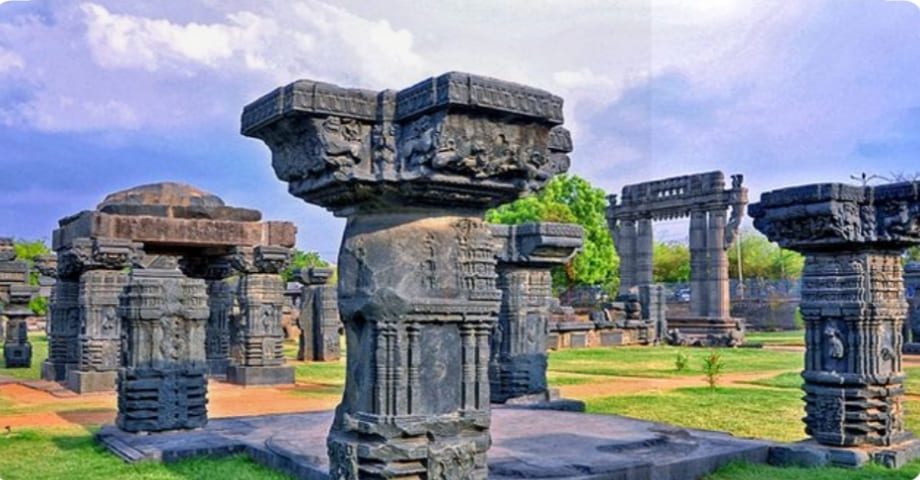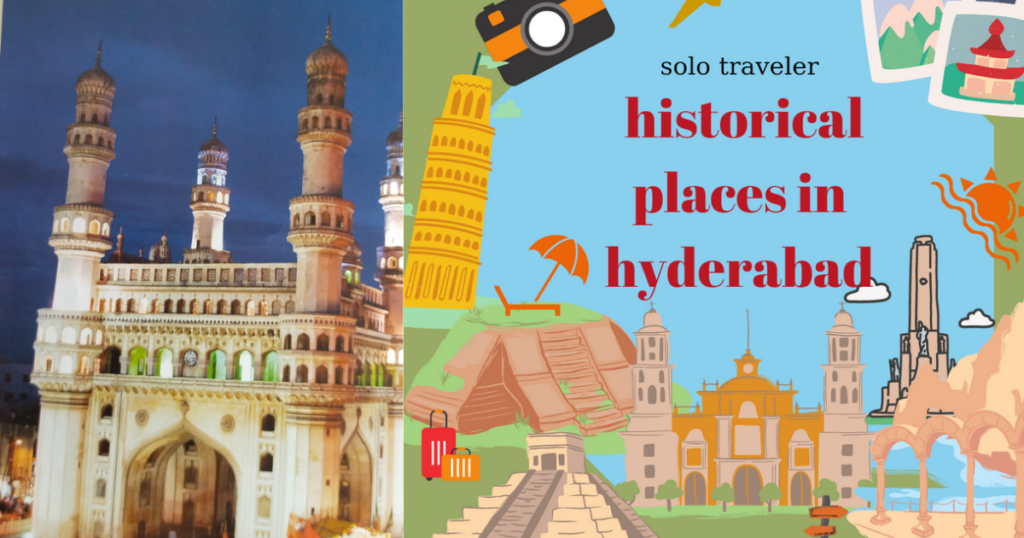Nestled in the serene valley of the Aravalli range in Rajasthan, the Ranakpur Jain Temple stands as a magnificent testament to the rich architectural and cultural heritage of India. Renowned for its intricate marble carvings and sprawling structure, the temple is a revered pilgrimage site for Jains and a marvel for history and architecture enthusiasts. This blog post delves into the fascinating history, architectural grandeur, and spiritual significance of the Ranakpur Jain Temple, providing a comprehensive guide for potential visitors.
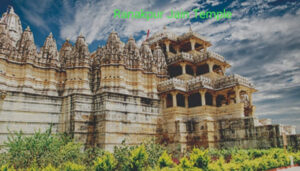
1.Ranakpur Jain Temple History: Historical Background
The history of the Ranakpur Jain Temple dates back to the 15th century. The temple was commissioned by a Jain businessman named Dharna Shah, who was inspired by a divine vision to build a grand temple dedicated to Lord Adinath, the first Tirthankara of Jainism. With the support of Rana Kumbha, the ruler of Mewar, the temple’s construction began around 1437 CE.
Dharna Shah entrusted the design and construction of the temple to the architect Depa, who created an architectural marvel that took over fifty years to complete. The temple was meticulously constructed using white marble, with every inch adorned with intricate carvings and sculptures.
2.Ranakpur Jain Temple History:Architectural Features
The Ranakpur Jain Temple is celebrated for its exquisite architecture and elaborate design. The temple is built in the Chaumukha (four-faced) style, symbolizing the Tirthankara conquest of the four cardinal directions. This unique design is intended to represent the infinite nature of the Tirthankara.
• Key Structures and Features
– Main Temple: The central temple, dedicated to Lord Adinath, is a massive structure with four separate entrances. Each entrance leads to a central chamber with an idol of Adinath facing in all four cardinal directions.
– 1444 Pillars: One of the most remarkable features of the temple is its 1444 intricately carved marble pillars, each unique in design. The pillars are arranged in such a way that none obstructs the view of the deity from any point within the temple.
– Domes and Shikha ras: The temple boasts numerous domes and shikha ras (spires), each elaborately decorated with carvings of celestial beings, mythological figures, and flora motifs.
– Carvings and Sculptures: The walls, ceilings, and pillars of the temple are adorned with detailed carvings depicting scenes from Jain mythology, celestial maidens, and geometrical patterns, showcasing the artistic brilliance of the craftsmen.
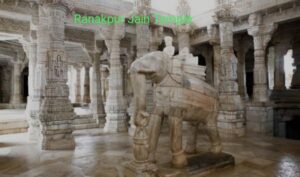
3.Ranakpur Jain Temple : Religious and Cultural Significance
The Ranakpur Jain Temple holds immense religious significance for the Jain community. It is a major pilgrimage site, attracting devotees from around the world who come to offer prayers and seek blessings. The temple is also a center for religious education and spiritual learning.
• Festivals and Religious Events
– Mahavir Jayanti: The birth anniversary of Lord Mahavir is celebrated with great fervor at Ranakpur Jain Temple, featuring special prayers, processions, and cultural events.
– Pary u shana: This significant Jain festival, marked by fasting, prayer, and reflection, sees a large gathering of devotees at the temple.
The cultural impact of the temple extends beyond its religious significance. It has played a vital role in promoting Jain art, architecture, and traditions, influencing the cultural landscape of the region.
4. Visiting Ranakpur Jain Temple
Ranakpur Jain Temple is located in the Pali district of Rajasthan, approximately 90 kilometers from Udaipur. The temple is accessible by road from major cities like Udaipur, Jodhpur, and Jaipur.
• Best Time to Visit
The ideal time to visit Ranakpur Jain Temple is during the cooler months, from October to March, when the weather is pleasant for exploring the temple and its surroundings.
• Visitor Facilities and Guidelines
– Dress Code: Visitors are required to dress modestly, covering their shoulders and knees. Leather items are not allowed inside the temple.
– Photography: Photography is permitted outside the temple premises but restricted inside the main sanctum.
– Amenities: The temple complex includes a guesthouse, a cafeteria, and a bookstore offering literature on Jainism and the temple’s history.
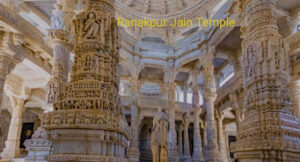
5. Activities and Programs
Ranakpur Jain Temple hosts various activities and programs aimed at promoting spiritual growth and community welfare.
• Daily Rituals and Prayer Services
Daily rituals and prayer services are conducted in the temple, allowing devotees to participate in traditional Jain worship practices.
• Educational and Spiritual Programs
The temple offers educational programs and classes on Jain philosophy, ethics, and meditation, catering to both devotees and scholars.
• Community Services
Aligned with the principles of Jainism, the temple engages in various community service initiatives, including medical camps, educational support, and social welfare programs.
6. Key Figures and Legends
The history of Ranakpur Jain Temple is enriched with fascinating stories and legends. Dharna Shah’s vision and dedication, combined with Rana Kumbha’s patronage, led to the creation of this architectural marvel. Legends suggest that the temple’s design was inspired by celestial beings and divine visions, adding to its mystical allure.
7. Preservation and Restoration
Over the centuries, Ranakpur Jain Temple has faced challenges in preservation due to natural wear and environmental factors. Concerted efforts by the Jain community, heritage organizations, and the government have ensured the temple’s maintenance and restoration, preserving its grandeur for future generations.
8. Practical Information
– Opening Hours: The temple is open to visitors from 12:00 PM to 5:00 PM.
– Entry Fees: There is no entry fee for visiting the temple, but donations are welcome.
– Contact Information: For more details, visitors can refer to the official website or contact the temple management.
– Nearby Attractions: Visitors can explore nearby attractions such as the Kumbhalgarh Fort, Udaipur City Palace, and the scenic Aravalli hills.
– Accommodations: Several hotels and guesthouses are available in and around Ranakpur, offering comfortable stays for tourists.
Conclusion:
The Ranakpur Jain Temple is not only an architectural masterpiece but also a beacon of spiritual and cultural heritage. Its rich history, stunning architecture, and profound spiritual ambiance make it a must-visit destination for anyone exploring Rajasthan. Plan your visit to experience the serenity and grandeur of this timeless monument. Share your experiences and thoughts in the comments below, and let’s celebrate the enduring legacy of Ranakpur Jain Temple together.
FAQs:
1.What is special about Ranakpur Jain Temple?
2.What is the history of Jain temple?
3.What is the Chaumukha Jain temple in Ranakpur?
4.Which is the largest Jain temple in India?
5.Ranakpur Jain temple Mystery
6.Who built Ranakpur Jain Temple
7.Ranakpur Jain temple timings
8.Ranakpur Jain temple architecture
9.Ranakpur Jain Temple food timings
10.Ranakpur Jain temple pillars
